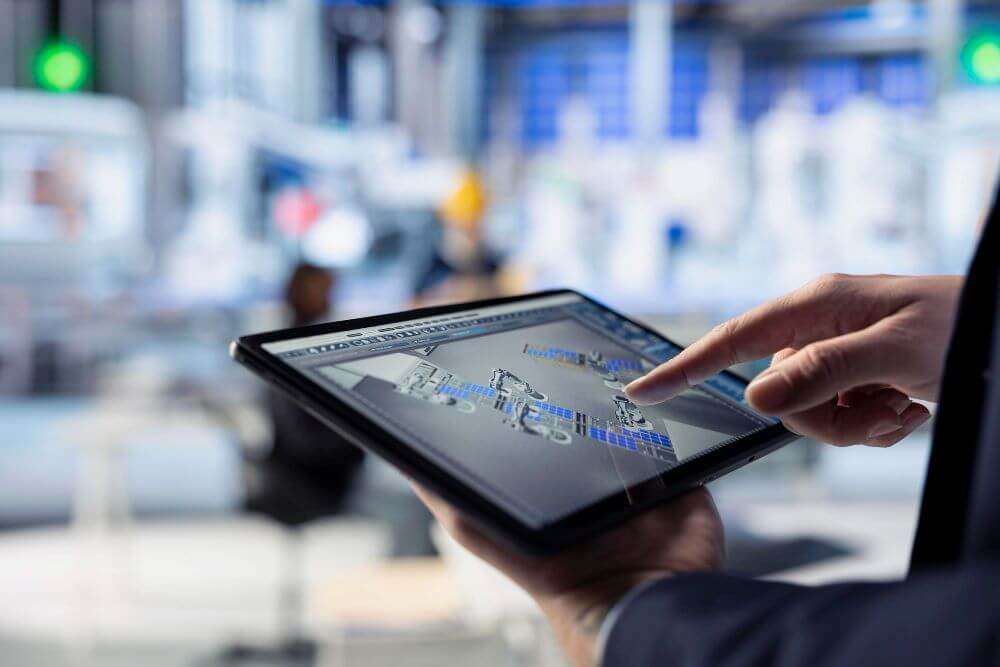The era of predictive analytics is upon us. Call it “Predictive Analytics 2.0” — it’s that transformative.
“Next-generation predictive tools open up nearly limitless possibilities to uncover hidden technological opportunities and automate much of the global economy,” says Shmuel Chafets, founder and chairman of Target Global, an international venture capital firm.
As an early investor in firms that leverage next-generation predictive systems, Target Global and Chafets know where of they speak. Here’s how Chafets and his team believe these deep learning capabilities will change the world for the better.
Sharper Insights Into Consumer Behavior
Voyantis, one of Target Global’s portfolio companies, uses predictive analytics to analyze consumer behavior in incredibly sophisticated ways. The insights it gains — into “patterns and opportunities that would be impossible to detect manually” — help it create “unified approach to customer acquisition and engagement that breaks down traditional silos between marketing,” the company says.
Better Marketing and Customer Acquisition Targeting
Companies like Voyantis use predictive analytics to reduce the cost of cross-channel marketing and customer acquisition. They can also use the technology to improve outcomes for existing customers.
For example, the global average cart abandonment rate in digital retail is about 70%, according to the Baymard Institute. A small e-commerce enterprise that does $1 million in annual sales can, in theory, double its sales by reducing its cart abandonment rate from 70% to 35%, assuming an average cart size.
Stronger Defenses Against Financial Fraud
Some 62 million Americans fall victim to some form of financial fraud each year, such as credit card fraud, according to Security.org.
“Four out of five of those victims said they’ve had credit card fraud more than once. In fact, a shrinking number of people have only experienced fraud once,” says Brett Cruz, digital security expert at Security.org.
Predictive tools make it easier to spot patterns consistent with fraudulent activity, whether unauthorized credit card transactions or “phishing” attempts that aim to trick people into handing over account numbers or login credentials. As “black hat” AI gets better at executing financial fraud, “white hat” tools must keep up.
Improved Weather Forecasting
An AI weather forecasting model developed in Europe is at least 20% more accurate than traditional physics-based models, according to early results. That might not sound like a dramatic improvement, but when you consider that major weather disasters can cause many billions of dollars in property damage, you realize it doesn’t take much for improved forecasting models to pay for themselves.
More Comprehensive Economic Models
While the impact on the physical world might not be as obvious, improved economic models can also reduce financial waste and improve decision-making among business leaders, policymakers, and other stakeholders.
Predictive models can now reliably recreate complex economic systems, which can in turn improve “quantitative” investing models as well as long-range business and central bank planning. We’re not yet at the point where we can accurately, granularly predict economic outcomes on a forward basis, but that capability may be closer than it appears.
Faster Technology Discovery
We’ve already seen how specialized deep learning tools can accurately predict incredibly complex structures, such as proteins.
That’s just the appetizer. The next step (or steps) is to leverage predictive analytics to develop even more complex technologies — such as nuclear fusion reactors or interstellar propulsion drives — faster and more effectively than humans can.
Sounds like science fiction, right? But every innovation has been sci-fi until it’s not.
Safer, More Reliable Machine Autonomy
Modern manufacturing is a highly automated process. However, other forms of labor, such as building construction, remain all too manual.
That could change as improvements in predictive analytics allow us to build more capable robots without compromising public safety. Eventually, these advances could free humans from repetitive, dangerous labor.
Moving Toward a Smarter, More Responsive World
Next-generation predictive tools have already made a big impact on the world. That impact is set to grow in the near future, eventually becoming impossible to ignore.
We’ll see the effects everywhere, from more accurate long-range weather forecasting and safer, more reliable autonomous machines, to better models of human behavior that more effectively deter crime.
Where will it end? No one knows for sure. Innovations enabled by predictive analytics will develop in parallel to advances in other areas of artificial intelligence, such as the “transformer”-based large language and research models many of us use every day.
It’s an exciting time to watch this space. And the fun’s only just beginning.
